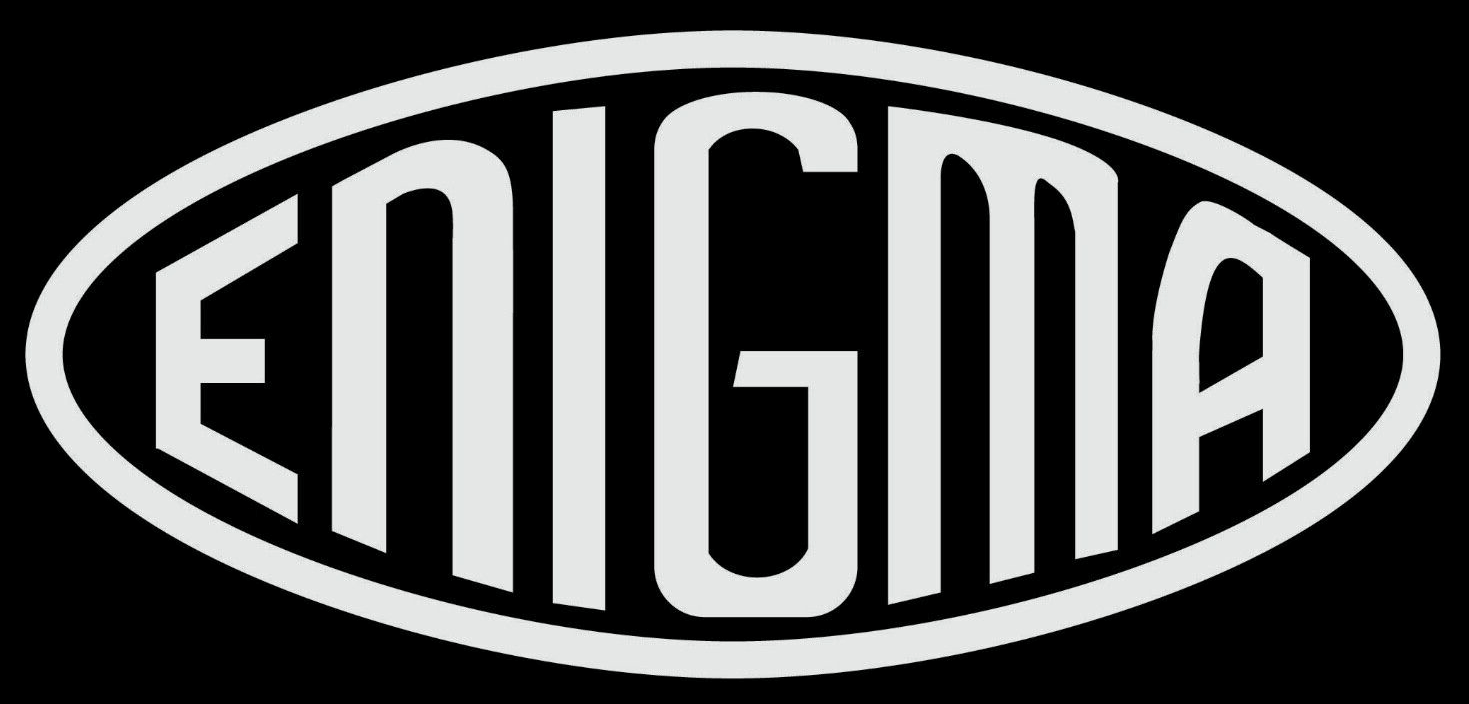The Father of Computing
Alan Mathison Turing
Written by B.J. Copeland
Having returned from the United States to his fellowship at King’s College in the summer of 1938, Turing went on to join
the Government Code and Cypher School, and, at the outbreak of war with Germany in September 1939, he moved to the
organization’s wartime headquarters at Bletchley Park, Buckinghamshire. A few weeks previously, the Polish government
had given Britain and France details of the Polish successes against Enigma, the principal cipher machine used by the
German military to encrypt radio communications. As early as 1932, a small team of Polish mathematician-cryptanalysts,
led by Marian Rejewski, had succeeded in deducing the internal wiring of Enigma, and by 1938 Rejewski’s team had devised
a code-breaking machine they called the Bomba (the Polish word for a type of ice cream). The Bomba depended for its
success on German operating procedures, and a change in those procedures in May 1940 rendered the Bomba useless. During
the autumn of 1939 and the spring of 1940, Turing and others designed a related, but very different, code-breaking
machine known as the Bombe. For the rest of the war, Bombes supplied the Allies with large quantities of military
intelligence. By early 1942 the cryptanalysts at Bletchley Park were decoding about 39,000 intercepted messages each
month, a figure that rose subsequently to more than 84,000 per month—two messages every minute, day and night. In 1942
Turing also devised the first systematic method for breaking messages encrypted by the sophisticated German cipher
machine that the British called “Tunny.” At the end of the war, Turing was made an Officer of the Most Excellent Order
of the British Empire (OBE) for his code-breaking work.
In 1945, the war over, Turing was recruited to the National Physical Laboratory (NPL) in London to create an electronic
computer. His design for the Automatic Computing Engine (ACE) was the first complete specification of an electronic
stored-program all-purpose digital computer. Had Turing’s ACE been built as he planned, it would have had vastly more
memory than any of the other early computers, as well as being faster. However, his colleagues at NPL thought the
engineering too difficult to attempt, and a much smaller machine was built, the Pilot Model ACE (1950).
NPL lost the race to build the world’s first working electronic stored-program digital computer—an honour that went to
the Royal Society Computing Machine Laboratory at the University of Manchester in June 1948. Discouraged by the delays
at NPL, Turing took up the deputy directorship of the Computing Machine Laboratory in that year (there was no director).
His earlier theoretical concept of a universal Turing machine had been a fundamental influence on the Manchester
computer project from the beginning. After Turing’s arrival at Manchester, his main contributions to the computer’s
development were to design an input-output system—using Bletchley Park technology—and to design its programming system.
He also wrote the first-ever programming manual, and his programming system was used in the Ferranti Mark I, the first
marketable electronic digital computer (1951).
